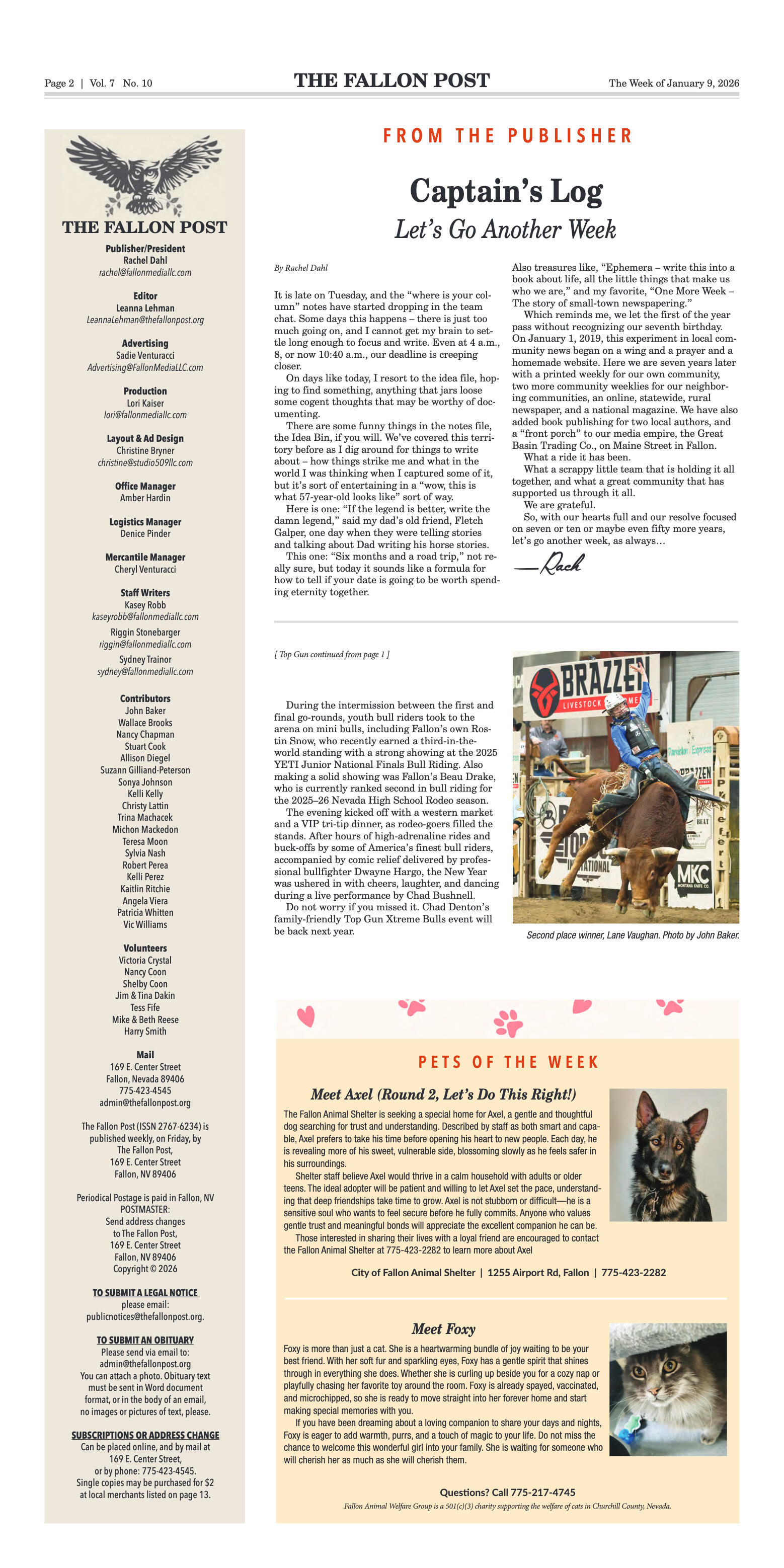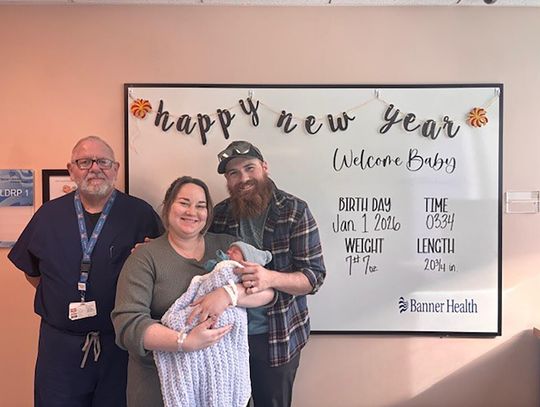With over $3 Billion (that’s with a B) of federal economic recovery funding, and $1.5 Billion in CARES (Coronavirus Aid, Relief and Economic Security Act) funding, set to be distributed across the country, the Western Nevada Development District is sitting on a metaphorical hill in a uniquely valuable position looking over the Northern Nevada economic development landscape.
WNDD has been the only certified Economic Development District in the State of Nevada for the past 38 years, designated in 1984 by the U.S. Economic Development Administration. Made up of representatives of seven counties and five cities, the organization exists to prioritize grant funding from the federal government through the Department of Commerce, assist local governments with planning and strategic goals, and is now deeply involved in the economic recovery project following the COVID situation.
The Board is comprised of elected and appointed officials as well as agency staff and business representatives from throughout the region, including Carson City, Douglas, Storey, Churchill, Pershing, Mineral, and Washoe counties; the Cities of Lovelock, Fernley, Sparks, Reno, and Fallon; Pyramid Lake Paiute Tribe, Reno Center for Economic Development, and associate members Main Street Gardnerville, Buettner, Inc., JOIN Inc., Lake Tahoe Visitors Authority, Community Services Agency, EDAWN, Nevada Green Institute Inc., Western Nevada College, NV Energy, Tahoe Prosperity Center, RailPros, TMCC, Nevada Rural Housing Authority, Downtown Reno Partnership, Capitol Partners, and the Nevada Builders Alliance.
The main focus of WNDD is working towards creating an environment in which business, industry, and workforce will locate within the region, and provide a vibrant and sustainable economy.
Representatives to the WNDD Board for Churchill County are Commissioner Justin Heath, Rick Lattin, Bruce Breslow, and Jim Barbee serving as the alternate. The City of Fallon is represented by Councilwoman Kelly Frost.
Current funding for WNDD comes from a planning grant through the EDA, which has been the major source of funding for the organization for most of its existence. Additionally, there have been Environmental Protection Agency Brownsfield grant funding, membership dues, and most recently, CARES Act funding. Primarily WNDD Helps member communities with their local Comprehensive Economic Development Strategy plans, a planning tool that has a five-year life span and is updated annually. The CEDS are used by federal agencies in determining eligibility for grant projects. WNDD also helps with grant research and application, community assessment and planning, business microloan funding, and now the Economic Recovery & Resiliency Project.
In the past two years, the organization has helped local governments bring in over $6 million in federal funding to local communities including a Brownsfield grant for Lovelock, a reclamation project for the Cities of Reno and Sparks, and workforce development for several counties, including Churchill. Currently, WNDD is assisting Churchill County with two infrastructure grants that would allow for the development of local industrial parks.
Through a mostly regional approach that looks at Northern Nevada through a big-picture, interconnected lens, WNDD members participate in planning processes at a regional level taking into consideration a broad assessment of available resources. In bureaucratese, the language of the bureaucrat, WNDD helps communities “build capacity” with grant opportunities and partnerships. In plain language that means communities develop more resources and abilities to strengthen their own communities, which in theory increases the likelihood that they will become stronger and more robust economically. It also means the community is better prepared to deal with challenges when they happen.
In working through the new Economic Recovery & Resilience project, communities will have access to funding possibilities to improve their infrastructure including sewer, water, energy, and broadband, as well as education and workforce development. There are also funding opportunities to address transportation and housing issues. As quoted from a presentation made by longtime Executive Director of WNDD, Sheryl Gonzales to the County Commission recently, the purpose of the ERR project is to “develop an Economic Recovery and Resiliency Plan that will include short-, mid-, and long-term activities that respond to the economic shock sustained as a result of the COVID-19 pandemic, to pivot the economy and create resiliency.”
There are currently 14 teams working through WNDD on the Plan, and those teams have recently increased their goals from six, to fourteen. Most notably, the newest investment priorities that must be included in grant applications are examples of how a project will connect the region equitably, with sustainable, safe, and attractive strategies and how the application supports those priorities. Additionally, each grant application must always look to increase, expand, and retain jobs.
The target areas and goals are infrastructures, economic diversification, government and organizational capacity, and as trite as it may sound, in economic development parlance these targets are always all about improving “Quality of Life” in a community whether that be at a state or the local level.









































Comment
Comments